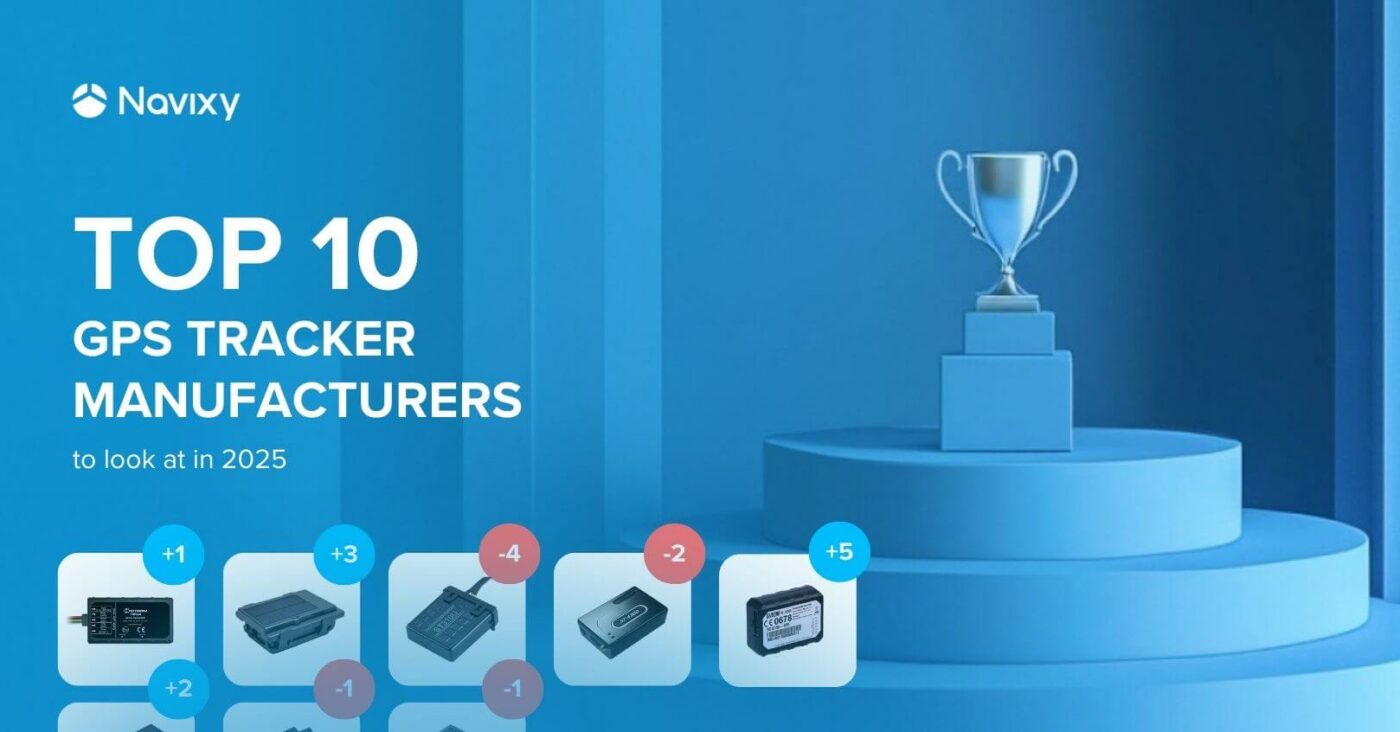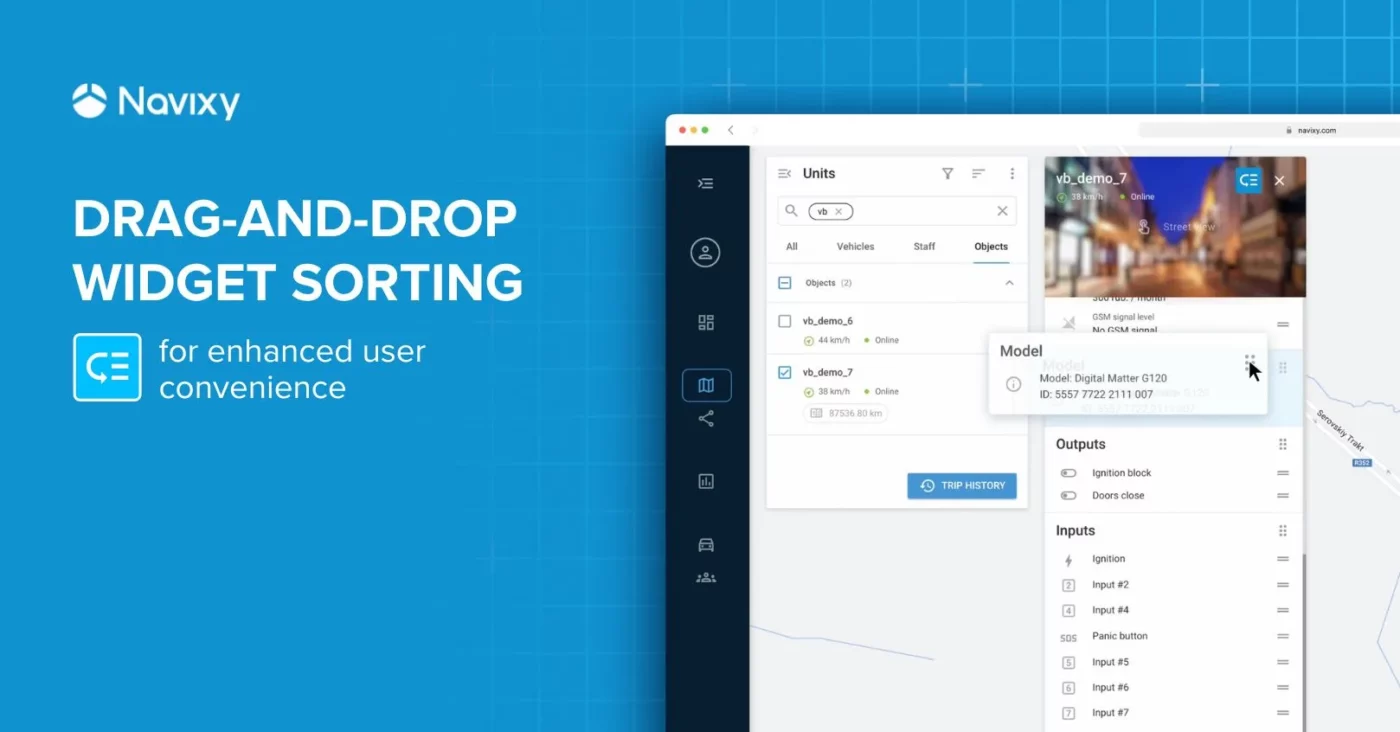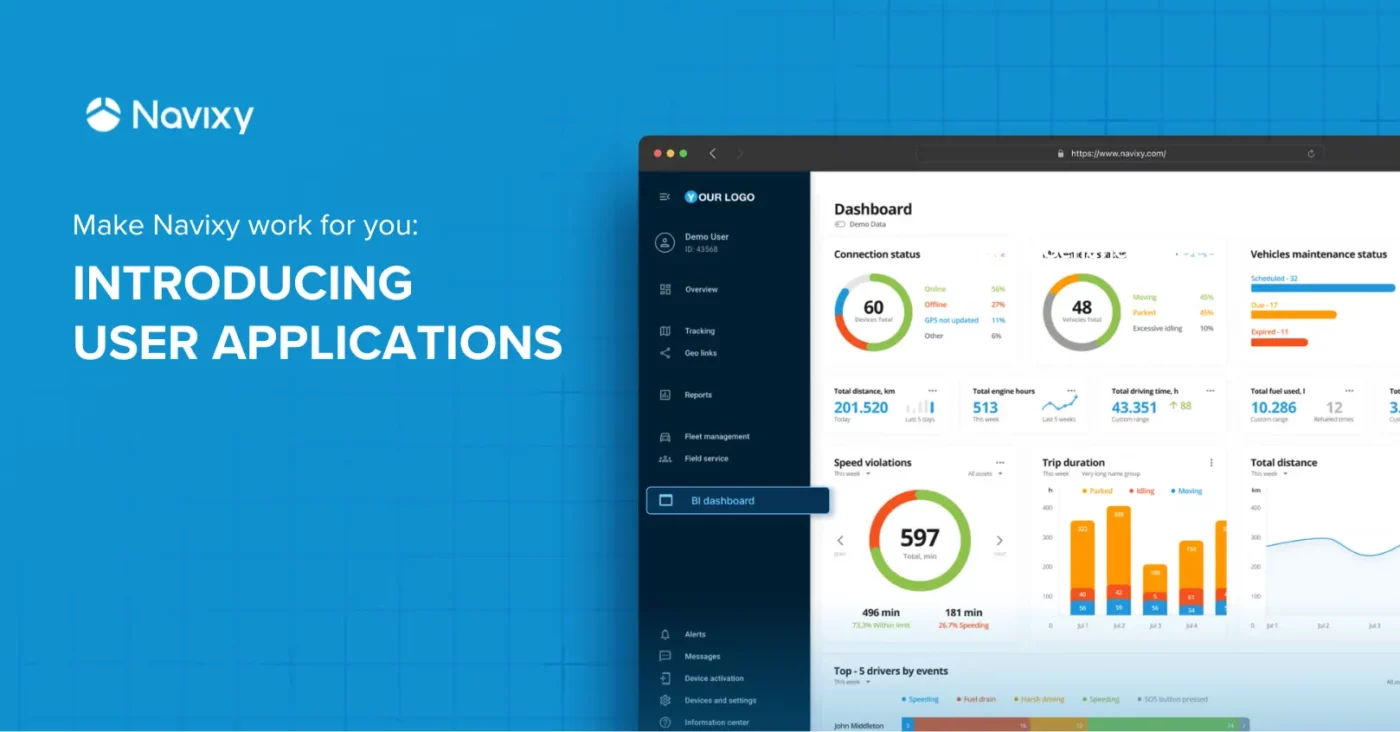A look at some of what the industry’s top players did in 2022
At Navixy we keep on top of trends and goings on in the telematics space so we can keep you up to date and informed of the latest developments in the industry. 2022 has been an interesting year for GPS manufacturers and this is realized by the choices some of the largest manufacturers have made in their product development and which target markets they are focusing on.
As advancements in telematics continue to progress at a fast pace, businesses have had to find ways to adapt to changes in the landscape and available technology. In 2022, some of the most prominent leaders in the field of GPS manufacturing created products that were more accurate than ever before and also provided users with better options in connectivity and installation while still being extremely cost-effective.
In today's blog post, we'll explore these developments further and discuss how they can help your business keep up with changes and advancements in the marketplace. We’ll focus on what we’ve noticed from three of the largest manufacturers in the world and what this tells us about the trajectory of the industry as a whole.
Teltonika continues to be cost-effective and easy-to-install
The first manufacturer we will discuss is Teltonika. They have made a substantial commitment to providing cost-effective, easy-to-install devices throughout last year as well as in years past. This is why they are the number one manufacturer of most connected devices on the Navixy platform in 2022. They recently released their FMB965 and LTE versions of the popular FMB920 device, which had installation rates that were so impressive that after only four years on market, it hit one million installations - an admirable feat in itself! It's even more incredible that in just two more years its growth skyrocketed to three million total installations, proving once again Teltonika’s brilliance in understanding what customers want from quality product offerings at reasonable prices.
As for the easy-to-install trackers, Teltonika released several new OBD trackers:
FMx00A Series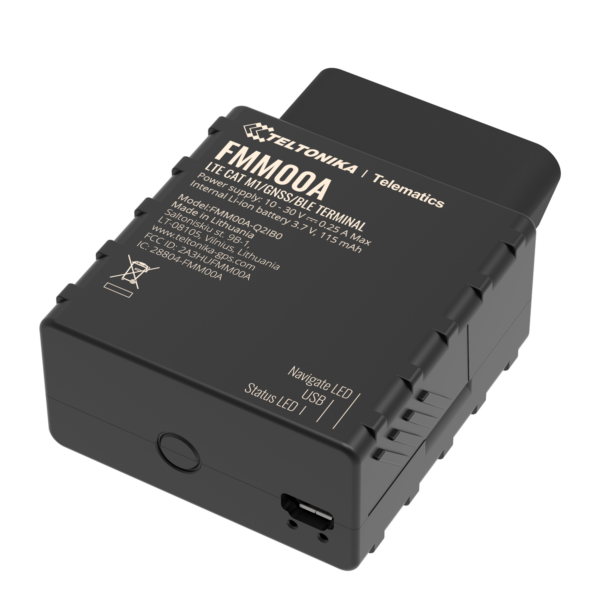 | Designed for the North American market with M1 and 4G connectivity options; these OBD trackers are plug & play and can read OEM parameters such as real odometer and fuel data. They also have received all of the necessary certificates for the U.S. market and are compatible with a long list of vehicle makes. |
FMx800 Series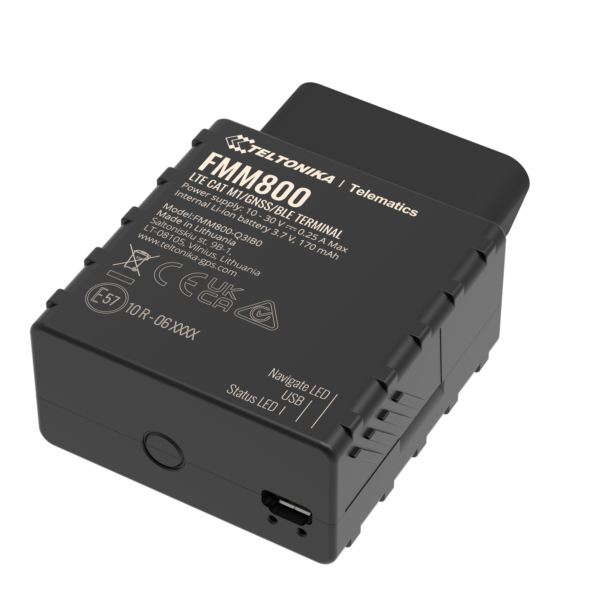 | This OBD tracker supports 4G LTE and Cat M1, as well as a 2G fail-safe, and boasts of “future-proof” connectivity, enabling global network coverage for a wider range of markets. It has a built-in accelerometer and extends usage scenarios with external devices such as BLE beacons and sensors for more business opportunities and competitive advantages. Finally, this OBD tracker has a long product lifetime and long-term support. |
FMM13A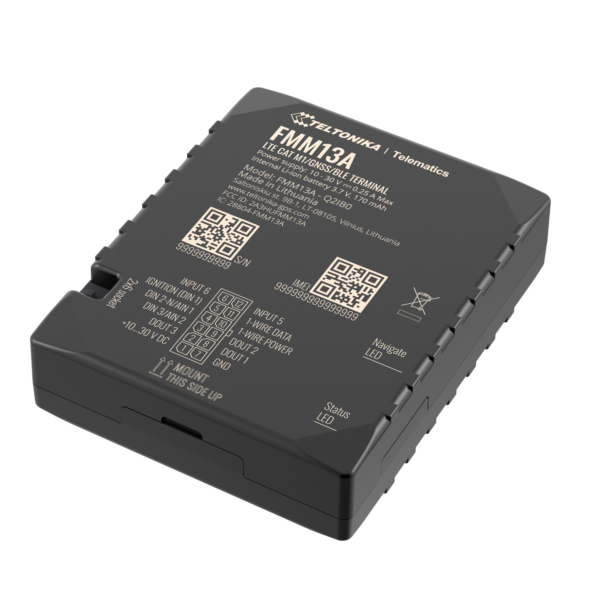 | Another tracker designed for the North American market, the FMM13A is an advanced 4G LTE Cat M1 tracker with flexible inputs. Features include extensive remote monitoring possibilities, CAN bus adapter support, and accurate fuel usage control. |
Another thing to note about Teltonika’s developments in 2022 is that it updated the firmware for the OBD 001 series making them very similar to the FMx003 series. The only difference between these two series is that the 001 series can't read OEM data from PSA Group vehicles Citroen and Peugeot, but we did notice the list of supported vehicles for OBD readings has been expanding. So it seems that Teltonika is placing more emphasis on OBD compatibility while continuing to pursue market leadership in cost-effective devices, while at the same time developing devices that have more options for use on various networks. Teltonika is also making a push into the North American market by creating more devices certified to work in the U.S. and Canada and by opening a new North American office to go with the company motto of “staying close to our clients”.
Jimi IoT (Concox) amps up its dashcam series
The second manufacturer we will discuss here is Jimi IoT (Concox), which checks in as the number two manufacturer of the most connected devices on the Navixy platform in 2022. In the past year, Jimi IoT updated all of its device series from the most affordable plug & play type devices to its fleet of dashcams. Jimi IoT has been focusing on different types of dashcams recently from its robust JC400 series to the “mini” JC120, expanding its portfolio of these types of devices up to seven.
Here are a few highlighted devices Jimi IoT released in the past year:
VL802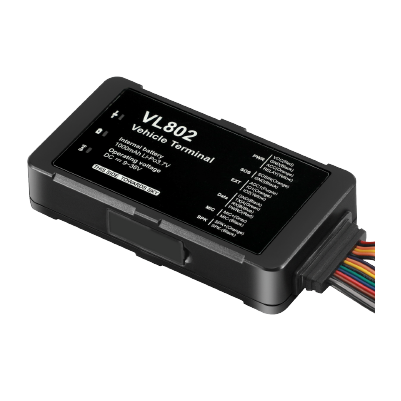 | This new model is actually a refreshed version of the GT06N, Jimi IoT’s previous best-seller. It's a 4G hardwired GPS tracker designed for the management of industrial and commercial fleets ranging from passenger cars and trucks to buses and beyond. It comes with two-way communication to help fleet managers improve their driver management strategies and also has an RS485 interface and other I/Os for various peripheral device connections. |
VL502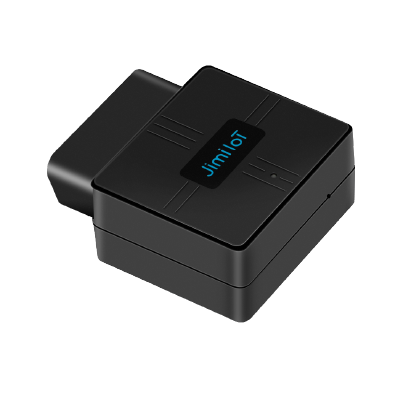 | The first Jimi IoT OBD tracker that can read K-Line and OBD data. It can obtain vehicle data such as VIN code, engine speed, water temperature, accumulated mileage, and more. This device also has a UBI-based algorithm for driving behavior analysis that can accurately detect four different kinds of dangerous driving behavior and operates on 4G Cat 1 networks. |
| LL303 | This new 4G device is a solar-powered asset tracker. Its application scenarios can include asset management and logistics tracking of containers, trucks, ships, etc., and can also be applied to trailers, and construction machinery vehicles such as excavators, mixers, and dump trucks. |
JC450 Series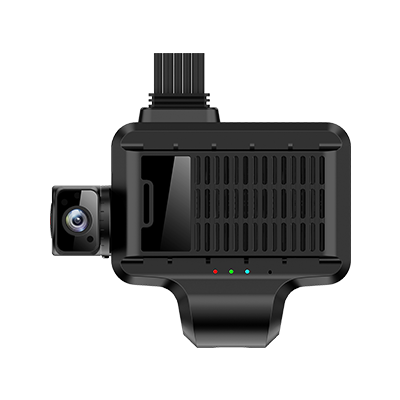 | Launched at the beginning of this year, The JC450 is an AI-powered camera system with real-time visibility of up to 5 channels. It has multiple features for driver safety and is specifically designed to protect drivers in emergency situations with features such as live monitoring, alarms, emergency distress signals, and smartphone integration. |
Navixy’s take is that Jimi IoT continues to demonstrate its commitment to dashcams and asset tracking with the launch of its latest device releases and tailored messaging. More than just striving for technological solutions, the company is focused on building networks of connected devices that can provide comprehensive telematics services to various industry sectors. They have implemented an array of new features that allow for control of devices in the network from any location – enabling customers to easily manage assets and operations across long distances. These elements can lead to greater efficiency, cost savings, and improved safety measures for businesses utilizing its solutions.
Queclink expands its focus on specific markets
The final manufacturer we will discuss is Queclink. They have the fourth most connected devices of any manufacturer on the Navixy platform in 2022. We have seen that Queclink has been paying more attention to the AMEA market with its newest innovations and products being targeted there. From simple and cost-effective trackers to fully packed GPS terminals that offer CAN and tacho readings, they cover a wide range of services for vehicle telematics. Dashcams are also on the horizon for Queclink - giving users even more options when it comes to staying connected with their assets.
Below are descriptions and major highlights of the functionalities of Queclink’s newest trackers:
GV58CEU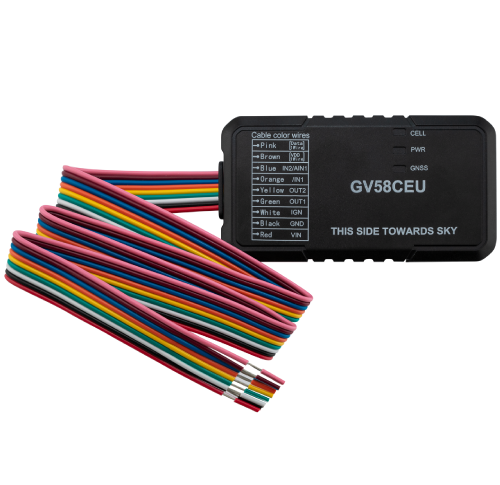 | A mini, cost-effective LTE Cat 1 and BLE-enabled tracker that can easily be hidden in most vehicles. Multiple inputs and outputs provide options for real-time visibility into ignition status, fuel level, driver ID, and more. A common usage is to pair it with Queclink asset trackers as a stolen vehicle recovery combo solution resulting in 80-90% recovery rates. |
GV305CEU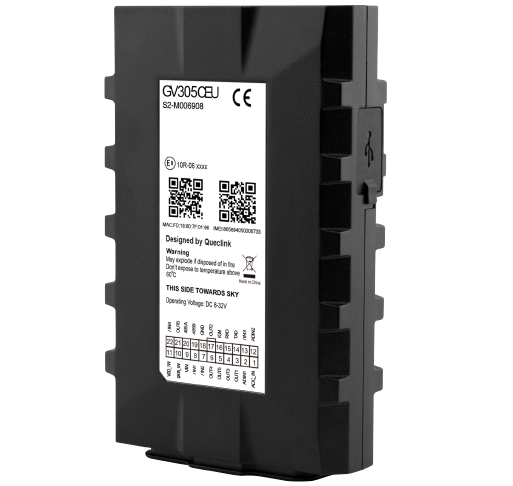 | This is a versatile LTE vehicle tracker with BLE and multiple interfaces. RS232 and RS485 serial ports provide additional functions such as fuel level monitoring and driver identification. User interfaces enable remote control and monitoring based on actionable data. |
GV350CEU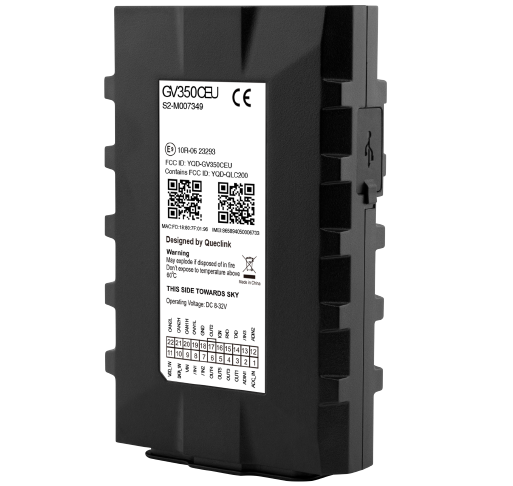 | A powerful and versatile LTE vehicle tracker with CAN bus support. The built-in CAN bus interpreter reads data from properly equipped vehicles including heavy trucks, light commercial vehicles, and passenger cars. The RS232 serial port and 1-wire interface allow for fuel level monitoring and driver identification. |
GV355CEU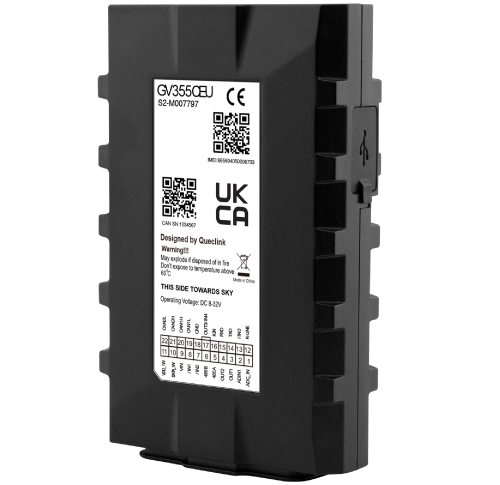 | A full-purpose LTE Cat 1 telematics terminal with CAN and tachograph data reading capabilities that is dedicated to advanced fleet applications. It’s equipped with a powerful vehicle data interpreter, which can be connected to almost all tachograph models (including D8 and CAN-interface tachograph) to remotely download the tacho data and file. It supports all kinds of CAN bus equipped vehicle data reading and BLE 5.2. |
Navixy is seeing the most interest from our partners in the GV350CEU and GV58CEU models. The GV350CEU appears that it’s going to be one of the top products Queclink is promoting because it was the only CEU model that was shown at Expo Seguridad in Mexico City last year. But noticeably, it does not have the certificates required for most of the Latam market yet, except for Brazil - Anatel. The general trend from Queclink seems to be focused on expanding connectivity options and increasing the ability to read different types of vehicle data. Determining which data is most important for your business might be the biggest factor in choosing if Queclink devices are right for your applications or not.
Navixy’s conclusions
As experts in the field of GPS tracking and telematics, it comes as no surprise that manufacturers are making strides to update their top products in order to remain competitive and anticipate a potential mass shutdown of 2G networks. Improvement of existing models with newer firmware is proving to be an effective way to achieve this end, such as with OBD trackers. Long-term solutions are also being sought out with the inclusion of updated GSM modules that can be used anywhere, while some manufacturers have been taking it a step further by integrating CAN adapters into new models like Teltonika and Queclink.
The primary goal here appears to be convenience - data collection with easy-to-install peripheral devices and sensors while still maintaining expected features common among classic systems. Such efforts indicate a clear desire for efficient acquisition of telematics data through minimal effort, something we at Navixy understand perfectly well given our wealth of experience within the industry.
